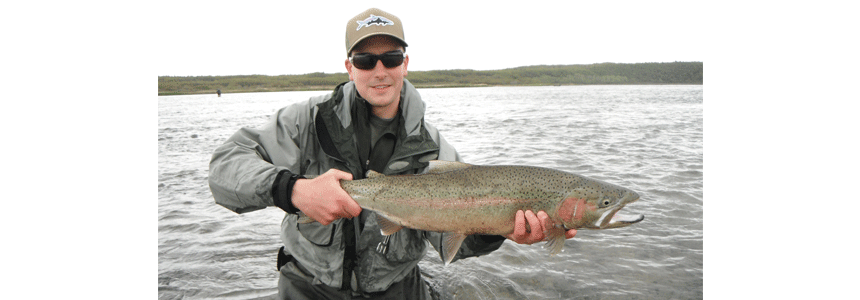
A SWITCH WHAT?
In a nutshell, a modern switch rod is designed to be cast as both a single-handed and two-handed rod. Between 10'6" and 11'6" long, switch rods are shorter than traditional spey rods and longer than most single-hand rods. The cork handles of switch rods are also similarly scaled, with a front grip of about 11" and a rear grip usually about 4" or so.
The earliest switch rods were designed to be cast with two hands in both the spey method and the overhead method of casting, allowing the angler to "switch" between styles according to need and preference. Nowadays, a more appropriate designation for the switch rod might be the "three-hander"...you can fish it with one or two hands with ease.
SWITCH RODS AS SINGLE-HANDERS
Fishing the switch rod as a single-hander has been gaining popularity among indicator fishermen in the Pacific Northwest and Alaska for years. The added length of the switch rod makes it a line control machine, perfect for long, drag-free drifts and easy casts. Most anglers that fish switch rods as single-handers will overline the rod by a line weight or two (i.e., 8wt line on a 7wt switch rod), allowing the rod to load more deeply and increase the ease of casting.
Great for larger rivers and longer casts, the switch rod comes into its own in the brush-choked small streams of Southeast Alaska. The additional length of the switch rod translates into excellent roll-casting ability, and with just a few feet of backcast room for a d-loop, most anglers are able to cover the entire river.
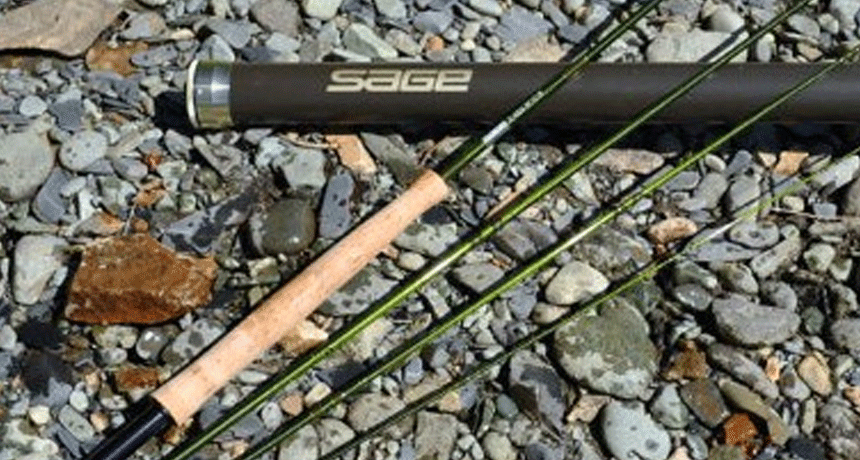
Another popular application for switch rods is beach and estuary fishing for cruising fish using stripped streamers. This type of fishing requires covering the most water possible in your search for fish, and can often leave even the most experienced single-hand casters exhausted after a day of bombing out 70'-90' casts.
With the switch rod, long casts are a breeze using the two-hand overhead technique, and fatigue only sets in after reeling in dozens of large fish. Shooting taper lines such as Rio's OutBound or Switch Chucker are the types of line best suited for two-hand overhead casting, and 100' casts are easily obtainable with this setup.
SWITCH RODS AS TWO-HANDED SPEY RODS
For some anglers, switch rods have become the "go-to" rod in two-handed spey casting applications. Smaller and much lighter than traditional long spey rods, switch rods can be toted through brush with ease, fished all day without fatigue, and need less room to cast than their full-sized cousins. Another appeal of the switch rod is its availability in a wide range of line sizes, from 3wt to 11wt. While a 16" rainbow might not be much of a fight on a spey rod, they can put up quite a tussle on a 3wt switch rod.
Although an expert caster could probably throw a traditional long-belly prey line on a switch rod, virtually all of the "best-matched" lines for switch rods are of the shooting head style, requiring the angler to strip in running line between casts. For swinging lightly weighted flies without the use of sink-tips, it is hard to match the performance of AirFlo's Scandi Compact lines. Rigged with a 10' polyleader, these lines make switch and traditional "touch and go" spey casting a breeze.
If getting down deep with sink-tips and big, heavy flies is your thing, then you will be happy with AirFlo's Skagit Compact series of lines. Measuring 22 to 27 feet in length, Skagit lines are much shorter than traditional spey lines, and don't have near as much forward taper either. This lack of taper enables the line to turn over large sink tips and heavy flies with ease, and since the line is so short, it feels like you could cast in a phone booth if necessary.
ROUNDING THE BASES, HEADED FOR HOME...
If you only fish in one particular place, or in one particular style, then maybe a switch rod is an unnecessary luxury for you...if you are like 99.47% of Alaska fly anglers, you will encounter many scenarios in which the switch rod is now the tool of choice. For an angler armed with one switch rod, one reel, and 4 lines, all presentation and situation options are covered - something to think about on your next float or fly-out trip, where space is often at a premium.
With so many rod manufacturers jumping in to the switch rod game, there is now a rod available for every level of experience as well as every economic bracket. If you have ever wanted to try one out, well, there is no better time than the present - odds are, it will change the way you fish.
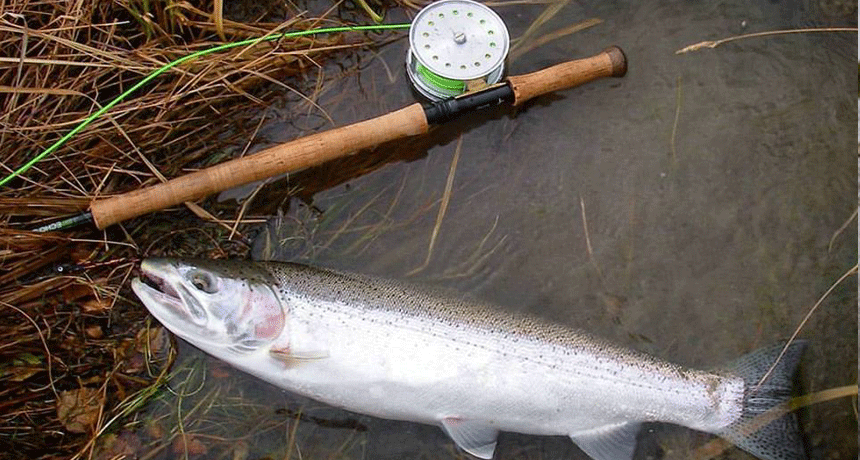
Some of our favorite switch rods -
Custom Switch Rod Packages -

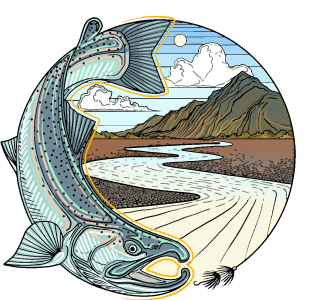
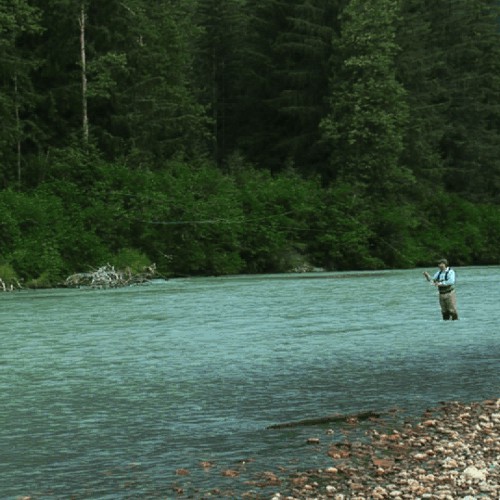
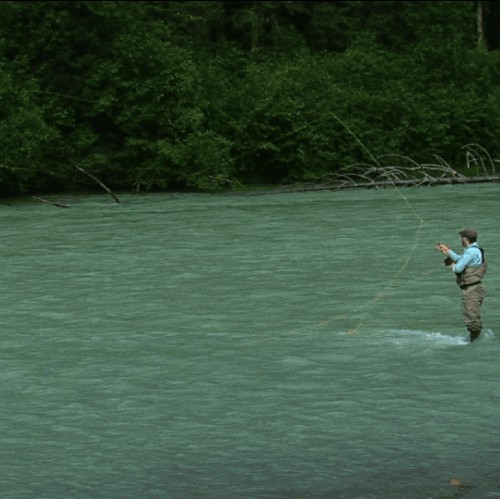
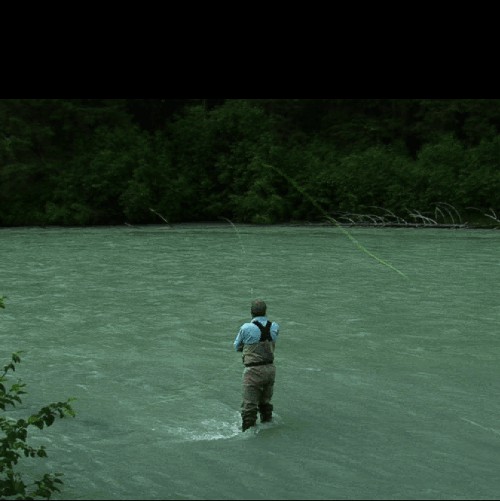
What do you think about using switch rods on saltwater from a skiff, along the beaches or on the flats. Also what setup would you recommend to with it ??
Hi Jose,
I use my 8 wt switch for beach fishing silvers and by boat for both kings and silvers. It works well using a double over head cast (both hands.) The trick to this style of fishing is finding the right line. Typically with a switch rod, you will need to bump up 2-3 line sizes. E.g. A 6 wt switch will likely need at least an 8 wt line for double overhead casting. For a more in depth answer, please shoot an email to me. mike@alaskaflyfishinggoods.com
Tight Lines,
Mike Cole
Website Manager
I recently started fly fishing and have been experimenting with different types of rods. I must say, switching to a switch rod has been a game changer! The extra versatility and control it offers has made a huge difference in my casting and fishing experience. I highly recommend giving switch rods a try, especially for those who enjoy varying their fishing techniques.